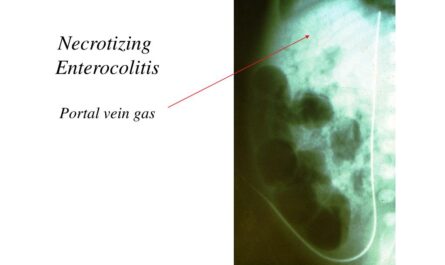In a groundbreaking discovery, researchers have developed a new mechanism to make water droplets slip off surfaces. The findings, published in Nature Chemistry, challenge existing theories about the friction between solid surfaces and water and offer a new way to study droplet slipperiness at the molecular level. The innovative technique has the potential for various applications in fields such as plumbing, optics, and the auto and maritime industries.
Water interacts with solid surfaces in numerous ways in our everyday lives, influencing the efficiency and performance of various technologies. Understanding the molecular dynamics of water droplets can help scientists and engineers enhance household and industrial technologies.
Liquid-like surfaces, a novel type of droplet-repellent surface, offer several advantages over conventional approaches. These surfaces consist of molecular layers that are highly mobile but covalently tethered to the substrate. This liquid-like quality acts as a lubricant layer between water droplets and the surface.
Led by Professor Robin Ras from Aalto University, the research team used a specially-designed reactor to create a liquid-like layer of self-assembled monolayers (SAMs) on top of a silicon surface.
The team was able to control the coverage of the SAMs on the silicon surface by carefully adjusting conditions like temperature and water content inside the reactor. The results showed that low and high SAM coverage led to increased slipperiness, where the surface was most homogeneous. Surprisingly, even low coverage yielded exceptional slipperiness, contrary to previous assumptions that water film increases friction.
At low SAM coverage, the water forms a film that flows freely between the molecules of the SAM, allowing it to slide off the surface easily. Conversely, at high coverage, the water stays on top of the SAM and slides off effortlessly. It is only when the SAM coverage is in between these two states that the water adheres to the SAMs and sticks to the surface.
The new technique proved highly effective, resulting in the creation of the slipperiest liquid surface ever.
The implications of this discovery extend to numerous applications where droplet-repellent surfaces are required. Heat transfer in pipes, de-icing, anti-fogging, microfluidics, and self-cleaning surfaces are just a few examples. The counterintuitive mechanism developed by the research team offers a new way to enhance droplet mobility in various scenarios.
Moving forward, the team plans to continue their experiments with SAM coatings and improve their durability. Although SAM coatings are currently thin and easily dispersed after physical contact, the knowledge gained from studying them can be applied to create more resilient practical solutions.
The research, conducted by the Soft Matter and Wetting group at the Department of Applied Physics at Aalto University, utilized the national research infrastructure OtaNano. Researchers from the University of Jyväskylä also contributed to the study.
*Note:
1. Source: Coherent Market Insights, Public sources, Desk research
2. We have leveraged AI tools to mine information and compile it



